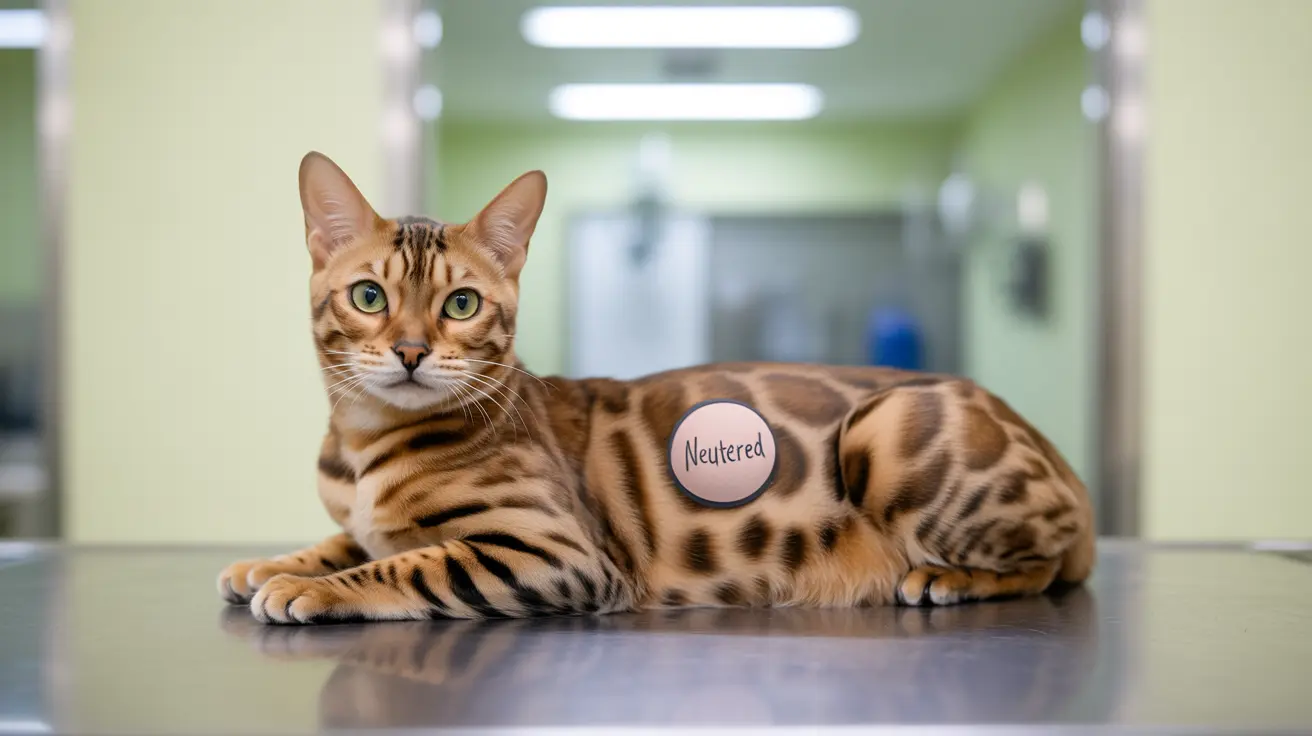What is a Cat Neuter Tattoo?
A neuter tattoo is a permanent marking placed on cats during their spay or neuter surgery to provide clear visual evidence that the animal has been sterilized. This small, typically green line or symbol serves as a crucial identifier that helps veterinarians, shelters, and pet owners avoid unnecessary exploratory surgeries and ensures proper care for our feline companions.
The practice of tattooing sterilized cats has become increasingly standard in veterinary medicine, particularly in shelters and rescue organizations. It represents a simple yet effective solution to a common challenge in animal welfare: determining whether a cat has already been spayed or neutered without resorting to invasive procedures.
The Importance of Sterilization Identification
Neuter tattoos play a vital role in animal welfare by preventing unnecessary surgical procedures. When a cat arrives at a veterinary clinic or shelter without clear documentation of their surgical history, determining their sterilization status can be challenging, especially in female cats where surgical scars may be difficult to detect.
The Association of Shelter Veterinarians has endorsed the use of these tattoos since 2010, recognizing their value in promoting efficient and humane veterinary care. This simple marking can save cats from the stress, risk, and expense of exploratory surgery while helping organizations maintain accurate records of sterilized animals.
Tattoo Placement and Appearance
The standard placement for neuter tattoos varies slightly between male and female cats. In females, the tattoo is typically placed near the spay incision on the abdomen. Male cats usually receive their tattoo in the scrotal area or nearby. The marking itself is deliberately simple – most commonly a small green line that's easily visible against the skin.
Veterinarians choose green ink because it doesn't occur naturally in cat skin or fur, making the tattoo instantly recognizable as an intentional marking. The size and placement are carefully considered to ensure the tattoo remains visible throughout the cat's life while being as unobtrusive as possible.
Recovery and Aftercare
The tattoo is applied while the cat is still under anesthesia during their spay or neuter surgery, ensuring they don't experience additional discomfort. After the procedure, the tattoo area may be slightly tender for a few days, similar to the surgical site itself.
Most cats recover quickly from both the surgery and tattoo application. Owners should monitor the area for signs of infection or excessive irritation, though complications are rare. The tattoo typically heals completely within 7-10 days, requiring no special care beyond normal post-operative monitoring.
Frequently Asked Questions
What is a spay or neuter tattoo on a cat, and why is it important?
A spay or neuter tattoo is a small green mark placed on cats during sterilization surgery. It's important because it provides immediate, permanent proof that a cat has been fixed, preventing unnecessary exploratory surgeries and helping veterinarians provide appropriate care.
Where is the neuter tattoo typically placed on male and female cats?
Female cats receive the tattoo near their abdominal spay incision site. Male cats typically have the tattoo placed near the scrotal area where the neuter surgery was performed.
How is the spay/neuter tattoo applied during my cat's surgery, and what should I expect during healing?
The tattoo is applied while your cat is still under anesthesia, using sterile green ink. Healing typically takes 7-10 days, during which you may notice minor scabbing or irritation at the tattoo site.
Can a spay/neuter tattoo fade over time, and how reliable is it compared to microchips or ear-tipping?
While tattoos can fade somewhat over time, they generally remain visible throughout the cat's life. They're more reliable than external markers like collars but serve a different purpose than microchips, which provide identification rather than sterilization status.
How can a neuter tattoo help prevent unnecessary surgery if my cat goes to a shelter or new owner?
The tattoo provides immediate visual confirmation that a cat has been sterilized, preventing unnecessary exploratory surgery to determine spay/neuter status. This is particularly valuable when a cat's medical history is unknown or documentation is unavailable.
Conclusion
Neuter tattoos represent a simple yet effective tool in modern veterinary care, providing clear evidence of a cat's sterilization status and helping prevent unnecessary procedures. While they may seem like a small detail, these permanent markings play a crucial role in animal welfare and veterinary medicine, ensuring our feline friends receive appropriate care throughout their lives.






